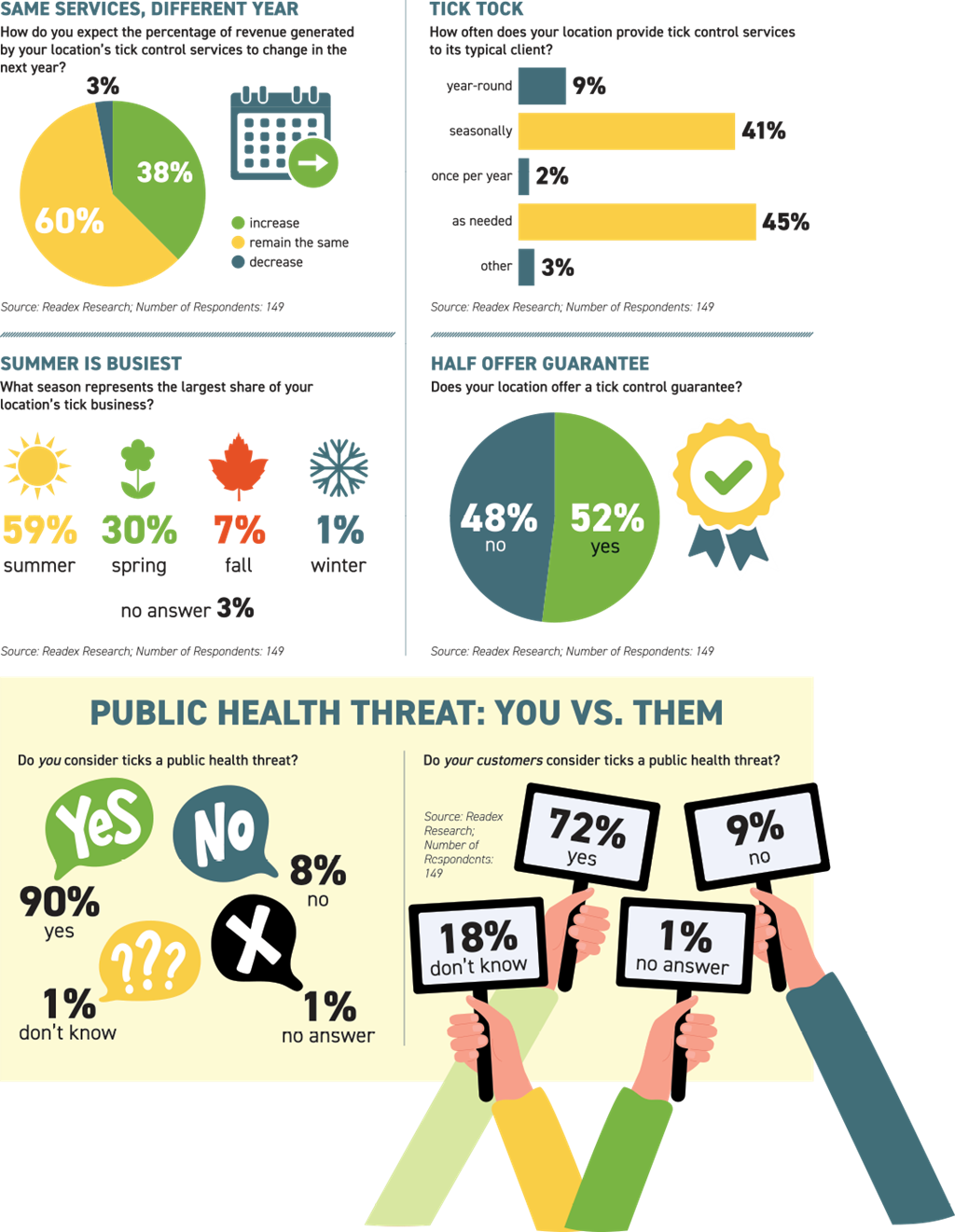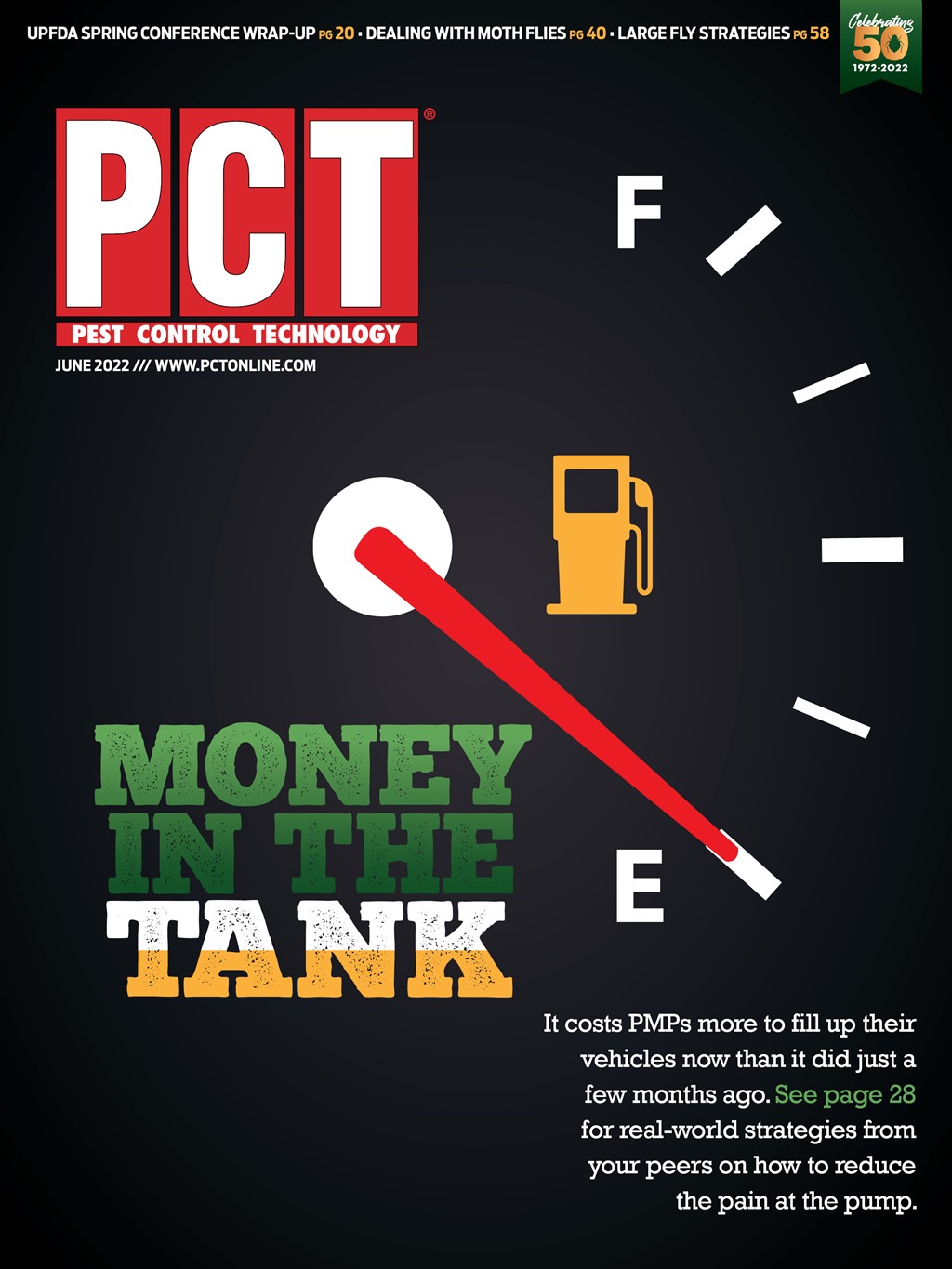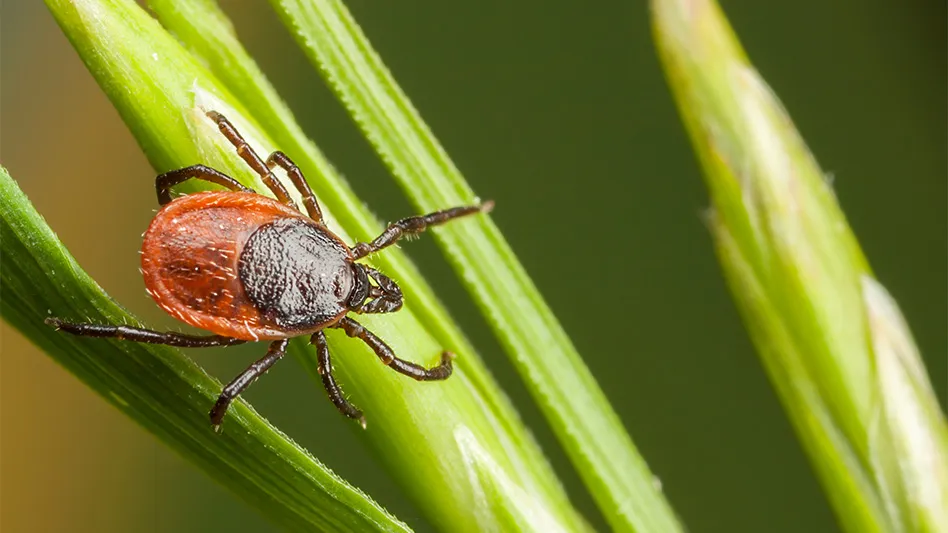
What’s driving tick pressure in some areas of the country — and promoting a decline in other regions? There’s more than one answer. Gary Rottler says housing development in the St. Louis, Mo., area could factor into homeowners’ heightened interest in tick service. Deer and other wildlife that once lived in the wooded areas that are stripped for construction don’t necessarily “move” away. “They still want to hang around, but your backyard is their backyard,” says the owner of Rottler Pest Solutions. Those animals can attract ticks.
Steve Gurin agrees that quality time at home amid COVID triggered calls for all services, including tick treatments. “And another big thing — COVID pets,” says the owner of Mosquito Hunters in Manhasset, N.Y. “There are a larger percentage of people who have pets now, and the demand for tick services rises because of that.”
In fact, Gurin says he started treating his own property for ticks after brushing his dog’s coat and finding a tick on his back.
Incidences of Lyme disease in New Hampshire and Massachusetts along Jay Groat’s service routes is prompting demand for the service. “Everyone looks at it as a health issue, and there is an increased attitude toward ticks,” says the owner of Bug Bee Gone in Delmar, N.Y. He has been in business for 15 years and working in the industry for 30. Overall, he notices more interest in tick control. “People find out someone they know gets Lyme disease, so they want a preventive service,” he says.
On the other hand, Adam Carace is expecting a lighter tick season compared to years past. “In our area, we did not have a lot of snow, and snow helps insulate the ticks so they can survive the winter,” says the CEO of Pest-End Exterminators in Plaistow, N.H. “It was very cold without a lot of snow, which can help kill off some of the population.”
Also, there were fewer rodent calls during winter. “The rodent population typically helps the tick population,” he says.
But then again, “We’ll see,” Carace says. Early spring weeks will dictate an uptick or decline in tick pressure. Still, he’s getting more calls for service than five years ago. “People were coming down with Lyme disease in our area, and when that started happening, it pushed this [service] forward even more so than mosquito because it was impacting people and their families.”
Only 3 percent of respondents to PCT’s tick control survey said they expect a decrease in revenue generated by tick prevention services, and 60 percent estimate revenues will stay the same. Meanwhile, 38 percent say tick control will likely represent a larger portion of their bottom line.
The survey found that 93 percent of service revenue is generated from residential accounts. Rottler says, “Our primary customer are folks who are enjoying their backyards, whether they have a pool, playground or patio, and they want it to be pest free.”


Explore the June 2022 Issue
Check out more from this issue and find you next story to read.
Latest from Pest Control Technology
- Ground Control
- Scientists, PMPs Collaborating to Map Termite Distribution in Southern U.S.
- Viking Pest Control Organizes a Charity Bike Build for Local Families
- Gaining Control of Structure-Infesting Carpenter Ants
- Big Blue Bug’s Brian Goldman Receives Rhode Island Small Business Person of the Year Award
- UF Researchers Examine How Much Bait it Takes to Eliminate a Subterranean Termite Colony
- Women in Pest Control Group Continues to Grow, Provide Opportunities in the Industry
- NPMA Announces Results of 2024-2025 Board of Directors Election





